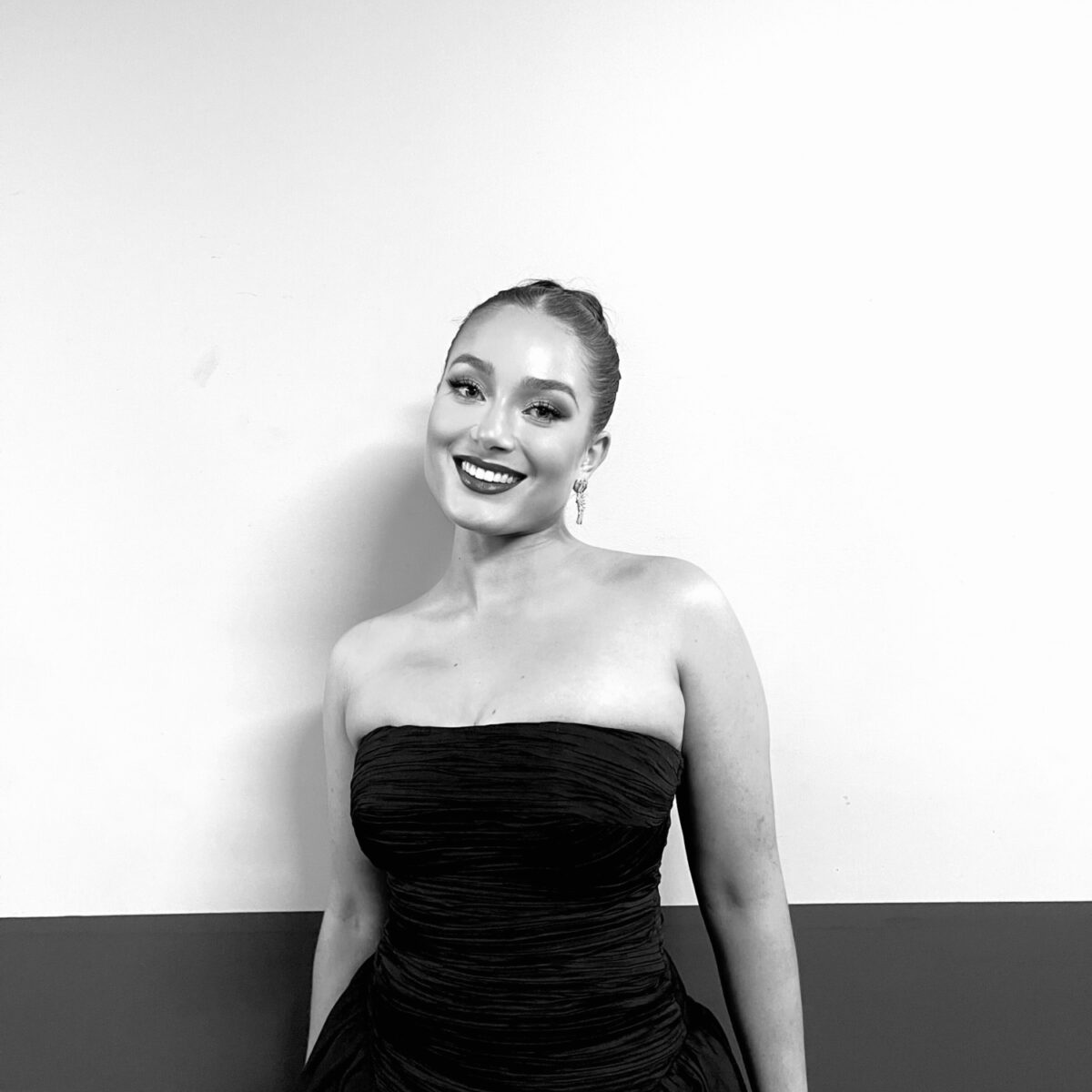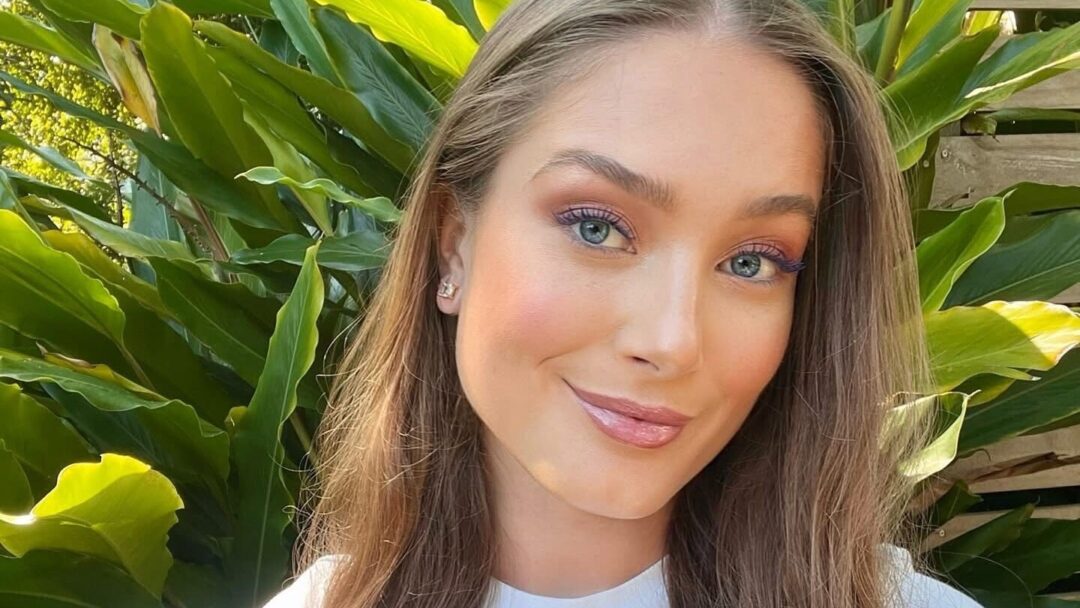Article
This week, President Donald Trump and U.S. Health and Human Services (HHS) Secretary Robert F. Kennedy Jr. announced new actions to confront the nation’s autism spectrum disorder (ASD) “epidemic,” claiming they had found “the cure for autism.”
President Trump declared that prenatal use of acetaminophen (Tylenol), also known as paracetamol, may be a causative factor in the development of autism spectrum disorder (ASD). The announcement, made during a joint campaign appearance, was framed as an effort to “identify overlooked causes of autism” and prompted immediate responses from the scientific and medical communities.
To state that “this could be one of the answers to autism,” and that “we found a cure to autism,” while pointing to emerging but inconclusive research on a global platform, is unquestionably and abhorrently offensive to our existing autism community.
To claim to have found a cure for autism is like claiming to have discovered a magical blue unicorn on a rainbow sitting on top of the Brisbane Story Bridge that will save humanity.
“AUTISM CANNOT BE CURED.”

You cannot “cure” autism. Autism is not something defined by a single look or trait. Autism is a complex, lifelong developmental disability with characteristics that vary greatly from person to person across the spectrum. These characteristics can change over time, potentially influenced by age and cognitive development, but autism itself is not something to be “fixed.”
Twenty years ago, during my primary and secondary school years, I was bullied and labelled “a disease.” Other children and parents believed that if they played with me, they would “catch” my autism. They spread rumours, saying things like, “My mum said I can’t play with you because you have autism, and she doesn’t want me near someone like you!” Someone like me? I was just a little girl trying to fit in, confused about why she was placed in the special education unit at school, known as “The Rainbow Room.” I had no control over having a neurological disability.
We don’t need to be “normalised.” We need to be understood, accepted, and empowered.
To think that two decades later, autistic people like me are still treated as if we are a “disease” makes me incredibly sad. And yet, I am also deeply grateful that here in Australia, we now celebrate and support our incredible autism community, and that inclusivity is recognised as the baseline standard for accessibility.
As an autism advocate, and more importantly, as a young autistic Australian woman, I stand proudly to say that autism is NOT a defect, a disease, or something to be fixed. It is not a flaw in who I am - it is the very fabric of how I see, feel, and move through the world. For me, and for so many others, autism is not a limitation. It is a strength. It is a different way of thinking, sensing, and connecting - one that brings creativity, depth, focus, empathy, and resilience.
